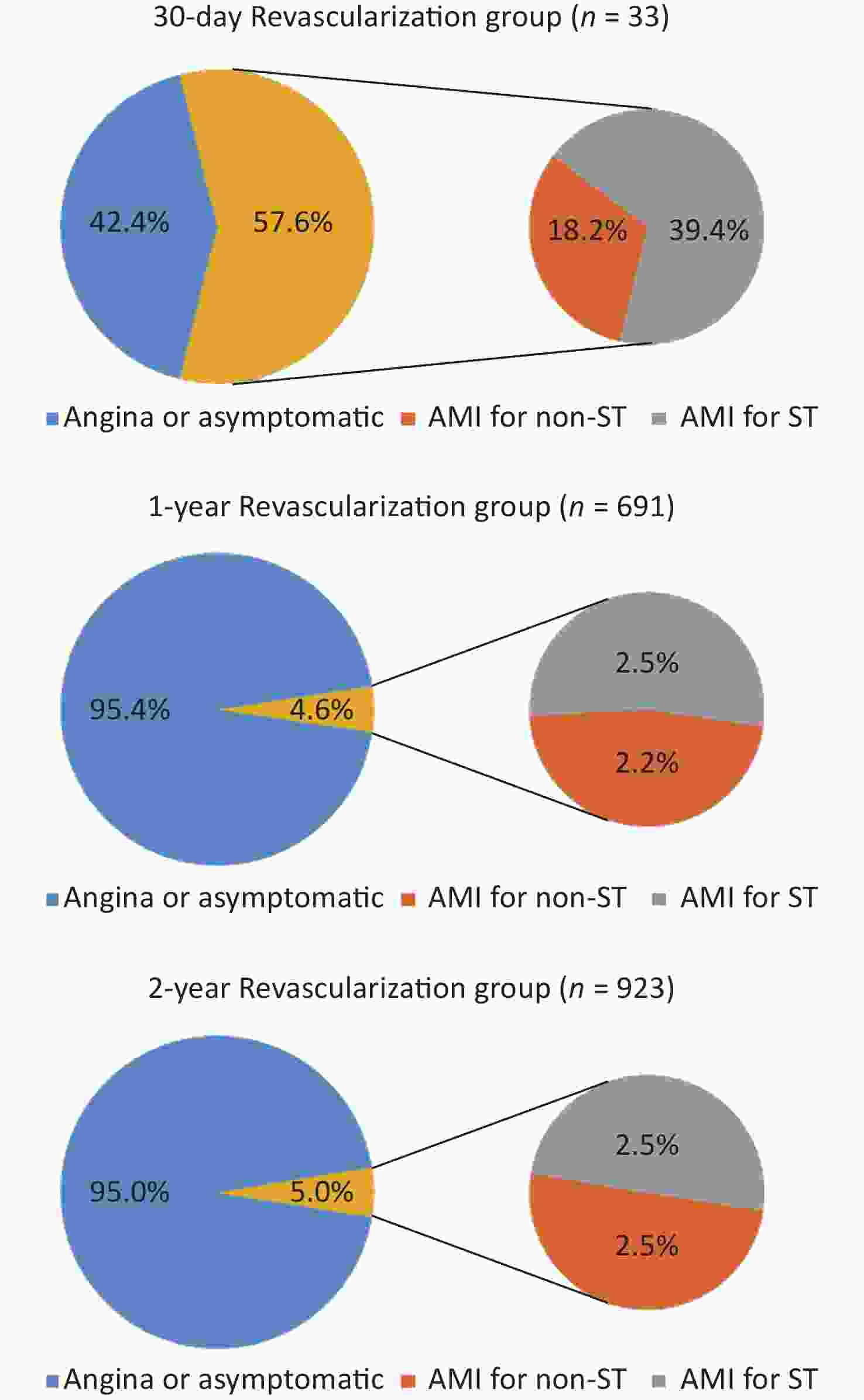Understanding What is a USDA Loan: A Comprehensive Guide to Rural Development Financing
Guide or Summary:What is a USDA LoanEligibility Criteria for USDA LoansTypes of USDA LoansBenefits of USDA LoansApplication Process for USDA LoansWhat is a……
Guide or Summary:
- What is a USDA Loan
- Eligibility Criteria for USDA Loans
- Types of USDA Loans
- Benefits of USDA Loans
- Application Process for USDA Loans
What is a USDA Loan
A USDA loan, or United States Department of Agriculture loan, is a government-backed mortgage option designed to promote homeownership in rural and suburban areas. This program aims to help low to moderate-income individuals and families achieve their dream of owning a home, particularly in regions that may not have access to conventional financing options.
Eligibility Criteria for USDA Loans
To qualify for a USDA loan, applicants must meet specific eligibility criteria. Firstly, the property must be located in a designated rural area, as defined by the USDA. Additionally, the borrower’s income should not exceed 115% of the median income for the area, ensuring that the program assists those who need it most. Furthermore, applicants must have a reliable income source, a reasonable credit history, and the ability to repay the loan.
Types of USDA Loans
There are several types of USDA loans available, each catering to different needs. The most common types include:

1. **USDA Guaranteed Loans**: These loans are issued by approved lenders and backed by the USDA, allowing lenders to offer favorable terms such as low-interest rates and no down payment.
2. **USDA Direct Loans**: These loans are directly funded by the USDA for low-income applicants, offering reduced interest rates and payment assistance.
3. **USDA Home Improvement Loans**: These loans provide funding for home repairs and improvements, ensuring that existing homeowners can maintain safe and habitable living conditions.
![]()
Benefits of USDA Loans
USDA loans come with numerous benefits that make them an attractive option for prospective homebuyers. One of the most significant advantages is the zero down payment requirement, allowing buyers to purchase a home without a substantial upfront investment. Additionally, USDA loans typically offer lower interest rates compared to conventional loans, resulting in lower monthly payments.
Another benefit is the flexibility in credit score requirements. While traditional lenders often have strict credit score thresholds, USDA loans can be more forgiving, making homeownership accessible to a broader audience.
Application Process for USDA Loans
The application process for a USDA loan involves several steps. First, potential borrowers should determine their eligibility by reviewing the income limits and property location requirements. Next, it’s advisable to gather necessary documentation, including income statements, tax returns, and credit history.

Once prepared, applicants can approach approved lenders to start the loan application process. The lender will evaluate the borrower’s financial situation and the property’s eligibility before submitting the application to the USDA for approval.
In summary, understanding what is a USDA loan is essential for anyone considering homeownership in rural or suburban areas. With various types of loans available, eligibility criteria, and significant benefits, USDA loans can be a viable solution for those looking to buy a home without the burden of a large down payment. By navigating the application process and leveraging the support offered by the USDA, prospective homeowners can turn their dreams of homeownership into reality.